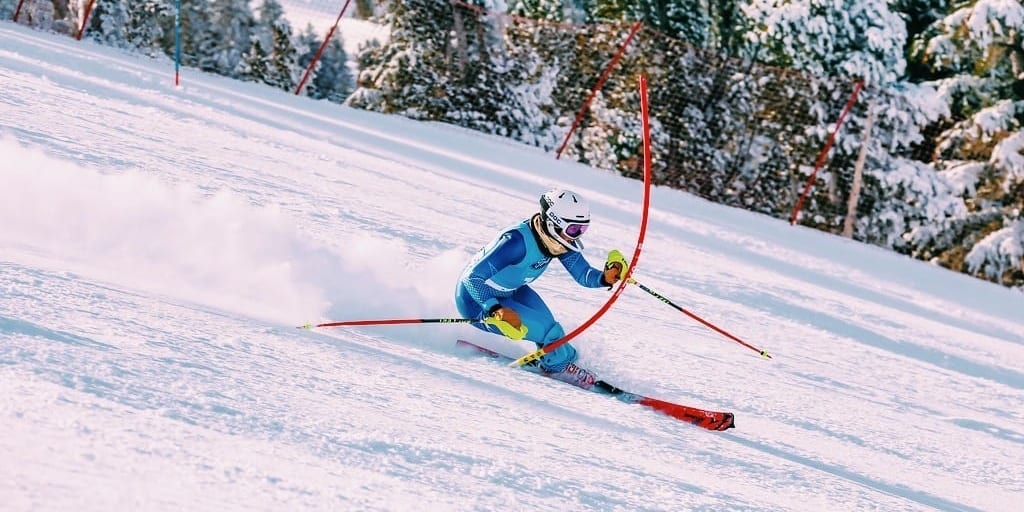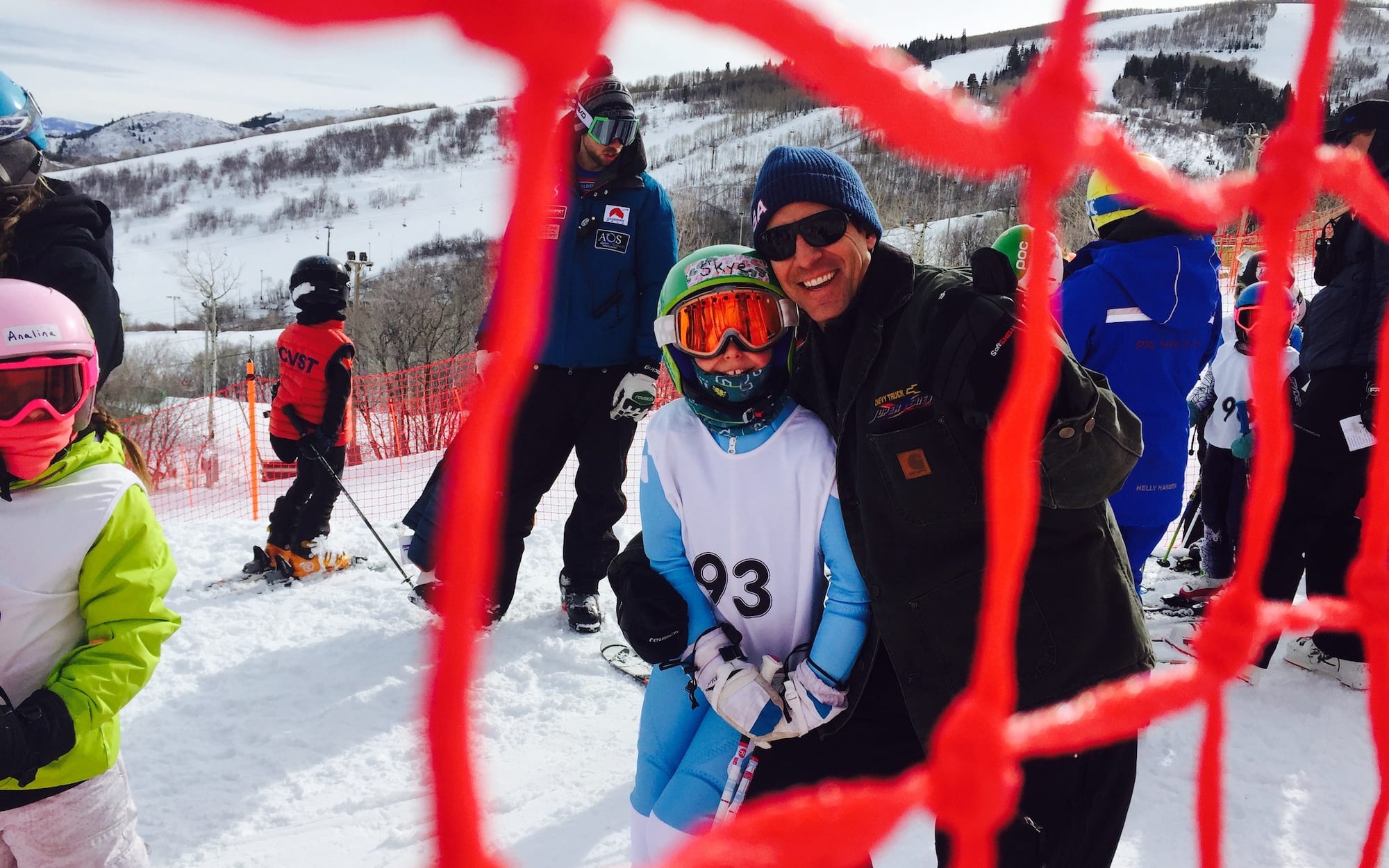Runnin’ Down a Dream, Minus the White Stuff
Take a moment and think about how skiers typically finish off a successful season of racing. Do you imagine them sipping on a tropical-themed drink on a remote beach? Or perhaps enjoying a much needed spring hibernation after months of sub-zero mornings in tight spandex.
The men of the U.S. Ski Team took a markedly different approach this spring from the typical off-season routine with an immediate month-long training camp in Norway. They skied hard all April but will now reap the rewards as summertime sets in around the U.S.
“The idea was to get on winter snow and ski a lot while the athletes are still really in good ski shape, meaning they can handle the intensity and volume and physical course sets and challenging terrain,” explains U.S. Men’s Head Coach Sasha Rearick.
The entire men’s team – minus a handful of injured athletes (of course) – spent the month of April training shoulder-to-shoulder with the Norwegian men thanks to a new training alliance inked last fall.
“I thought it was incredibly valuable,” says U.S. teamer Ryan Cochran-Siegle. “The conditions were great, our accommodations were really, really good, we had really good training, and also just to be immersed with the Norwegian team was cool to see their dynamic and how they push each other.”
Rearick explains that it was initially a tough sell to convince a bunch of tired, road-weary athletes and staff to spend yet another month away from their families and friends after the season had already ended. But when crunch time came, it was all business as soon as the wheels touched down in Norway.
“In the end, the Norway camp was a huge success,” Rearick says. “The attitude and work ethic of the guys I was really proud of. It wasn’t easy. When I first brought it up to the staff and athletes, they were all pretty grumpy. But in the end, the moment they got on the ground there, every single person just brought everything they had. I was really proud of them.”
“I think the whole setup this year, our whole prep period, actually makes a ton of sense.”
– Ryan Cochran-Siegle
Looking ahead to the summer, Cochran-Siegle and the rest of the men’s team – minus the National University Team athletes who have a project planned for July – will enjoy a full three months off snow for conditioning before returning to action in New Zealand come August.
“I think having that break kind of allows us to refresh, get a chance to have a nice summer, and at the same time allow for our physical training to really have a consistency to it that we normally didn’t have before,” says Cochran-Siegle. “I think the whole setup this year, our whole prep period, actually makes a ton of sense.”
“This long break we have now is on purpose to really build out a bigger conditioning base,” adds Rearick. “In order to do that, you need about 12 weeks. That’s why we have May, June, and July for this large block of time for really focused conditioning.”
Cochran-Siegle explains that in past years, camps planned in May and June only allowed for limited gym time as athletes needed to be rested before on-snow camps started and then required ample time to recover once returning home.
“We were just losing a lot of time where we could have been more focused in the gym,” says Cochran-Siegle. “Now, it’s allowing us to have a more constant progression for when we do get back on snow.”
In short, the team will eliminate time lost in transition for a more productive, though specialized, summer block. For Cochran-Siegle, being able to take full advantage of an injury-free prep period for the first time after several seasons of injury frustrations is something he is relishing.
“This is the first time in four years that I’m unrestricted in the gym,” he adds. “I’m totally back and in the same program, no restrictions at all. I met with my doctor last Wednesday, and he’s incredibly happy with how things have turned out. It’s nice to be able to move forward and be kind of normal again. … Showing up healthy and not having to do PT was kind of a strange feeling, but I’m excited and thankful to be healthy again.”

Cochran-Siegle in action last winter in Kranjska Gora, Slovenia. GEPA
The men will focus on a mix of strength, endurance, and power over the next two months, and for good reason, according to Cochran-Siegle.
“Power endurance is key,” he says. “World Cups can be so fatiguing that I think improving on that will allow us to ski full length, rather than feeling it at the bottom of courses. Focus on aerobics, focus on strength and power for me.”
As for downtime activities, Cochran-Siegle plans on playing plenty of basketball with his teammates, as well as enjoying some well-earned R&R in Park City.
“I’ll also probably have to do some working activities around the house for Jess and Adam (his cousin and her husband, and also Ryan’s landlord) in the afternoons to pay for my free rent,” he chuckles. “Just trying to stay busy.”
Whether or not this new approach will prove fruitful once racing action kicks off at Soelden in October, Rearick says it best.
“We have a really good staff in place, we got the time, we got the facility, and now it’s up to the athletes to put in the consistent work day in and day out.”
If Cochran-Siegle and his teammates remain dedicated throughout the summer and fall, big things could be on the horizon for the U.S. men in the championship season.























